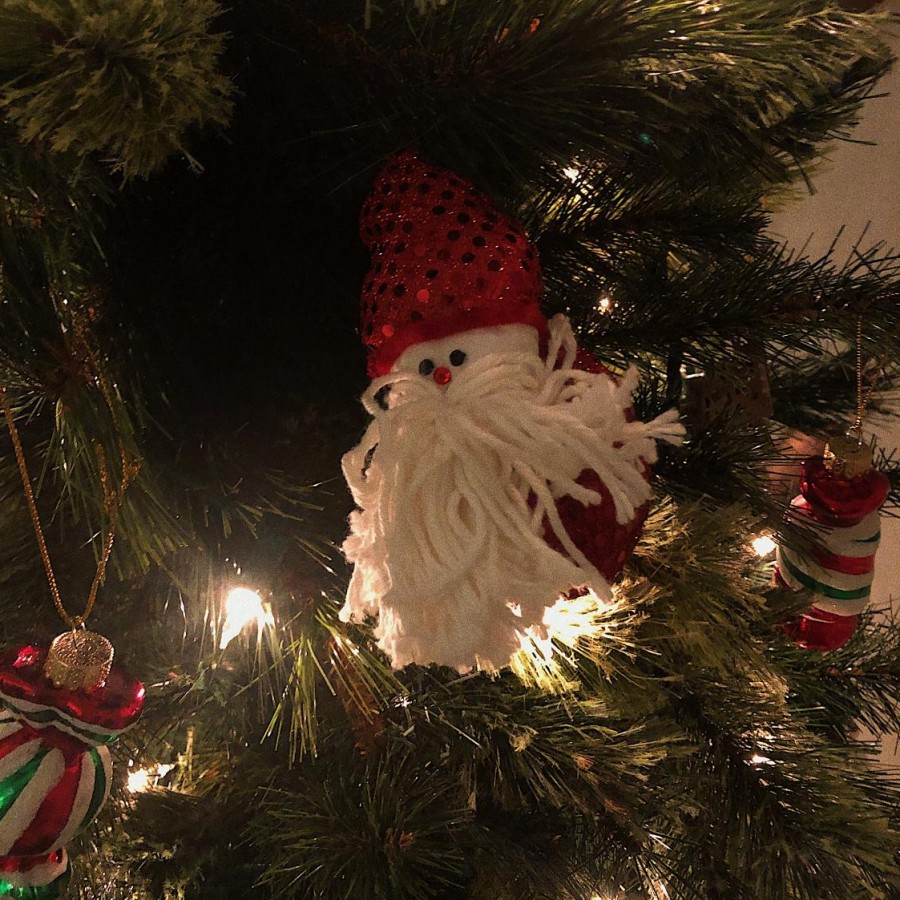As children grow older, the magic of Christmas seeps away–the insomnia on Christmas Eve melts into an uninterrupted sleep much like those on any other night, and the dash in the morning to the tree turns into a leisurely trip downstairs.
However, as children, magic surrounded Christmas. What allowed this magic to stay alive throughout childhood? While receiving gifts, decorating a tree and putting up Christmas lights are all activities that remain present during Christmas time, the magic of the holidays is undoubtedly reduced as people get older. So where exactly did the magic come from?
The magic and warmth of Christmas can be attributed to one jolly old man: Santa Claus.
As kids, the excitement in the weeks leading up to Christmas was uncontainable. Santa was coming, which meant presents were on the way. The anticipation for Santa’s arrival encouraged good behavior and good manners around the holidays.
Additionally, the thought of Santa watching drove several kids to think about their actions lifelong. “Believing in Santa made me less greedy,” said junior Josh Hoffman, “It helped me understand the importance of being good around Christmas.”
As parents, one of the most beneficial things they can do to instill values of good behavior and excitement surrounding the holidays is introduce Santa Claus to their children. Trever Zahn, a sociology teacher at Pleasant Valley, understands the value behind exposing his children to Santa Claus.
“We liked the idea [of telling our kids about Santa] because they get excited about the traditions that are involved with that,” said Zahn. He believes his children are differently affected around the holidays than they would have been without Santa as a catalyst. “Even with the smallest gifts, it’s coming from someone that cares and is thinking about you,” he explained. “They have someone else out there that is looking out for the interest of kids all around the world, and that’s really important.”
Seniors at Pleasant Valley do not disagree with the various positive effects that believing in Santa had on them as children. “It made me excited for Christmas,” said senior Katie Gropel, “it made me happy to think about someone bringing me gifts because I’d done a good job being a good kid.”
Believing in Santa undoubtedly added a charm to the holidays, either from excitement for gifts or through the kindness that Santa encouraged in youth. Although the magic from seeing Santa dwindles as kids grow older, fortunately today 85% of four-year-olds in America still believe in Santa.
While the loss of the belief in Santa can be accompanied by the loss of some of the magic that seems to surround Christmas for children, the introduction of Santa into a child’s life can increase their joy and the magic that surrounds Christmas as a holiday for them for years of their childhood.










